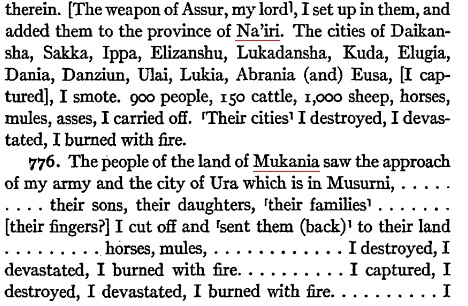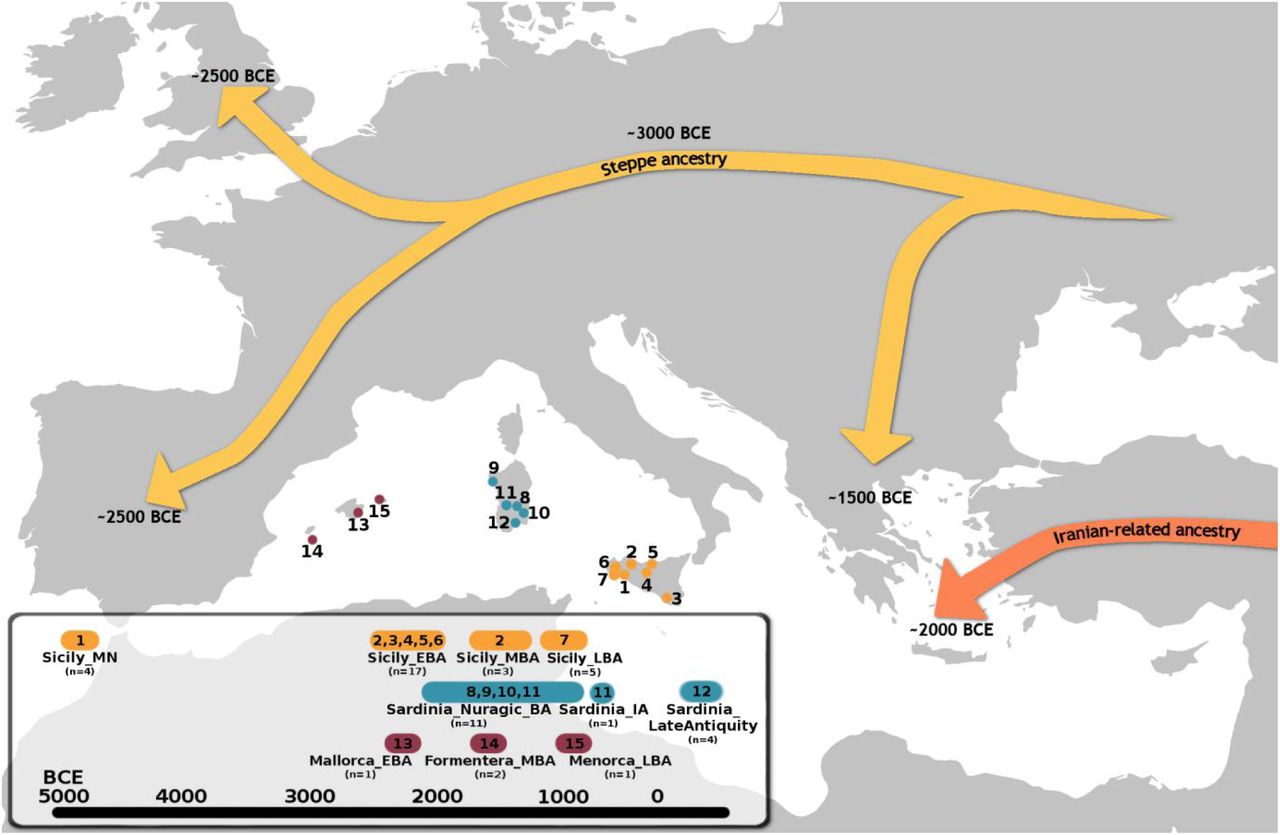I have recently written a Persian article about Muqan plain in the northwest of Iran and south of Caucasus, and its relation to Magan/Makkan region in Sumero-Akkadian sources and Mukania in later sources.
As I also mentioned in my instragam page some months ago:
https://www.instagram.com/p/B_UNDmZHji_/ Magians (Persian Muqan) were an ancient Indo-European people who lived in the northwest of Iran, they were the first people who adopted Zoroastranism and Iranian culture in this region and spread it to other lands, but as I mentioned I believe Avestan moγu is a lownword from Semitic, compare to Akkadian emqu "wise man".
Of course I said nothing Mycenaeans in my article but these Indo-European people were Proto-Greeks, other than them ancient Gelonians/Helonians (Gelae) who originally lived in Gilan in the east Mugan plain were also proto-Greeks, even people of Parrhasia in the southwest of Caspian sea, ...
Just compare Gilaki (Graikos) words to Ancient Greek words:
https://en.wikipedia.org/wiki/Gilaki_language#Vocabulary
For example the Gilaki word for "girl" is
kor, what is ancient Greek/Mycenaean word for "girl"?





